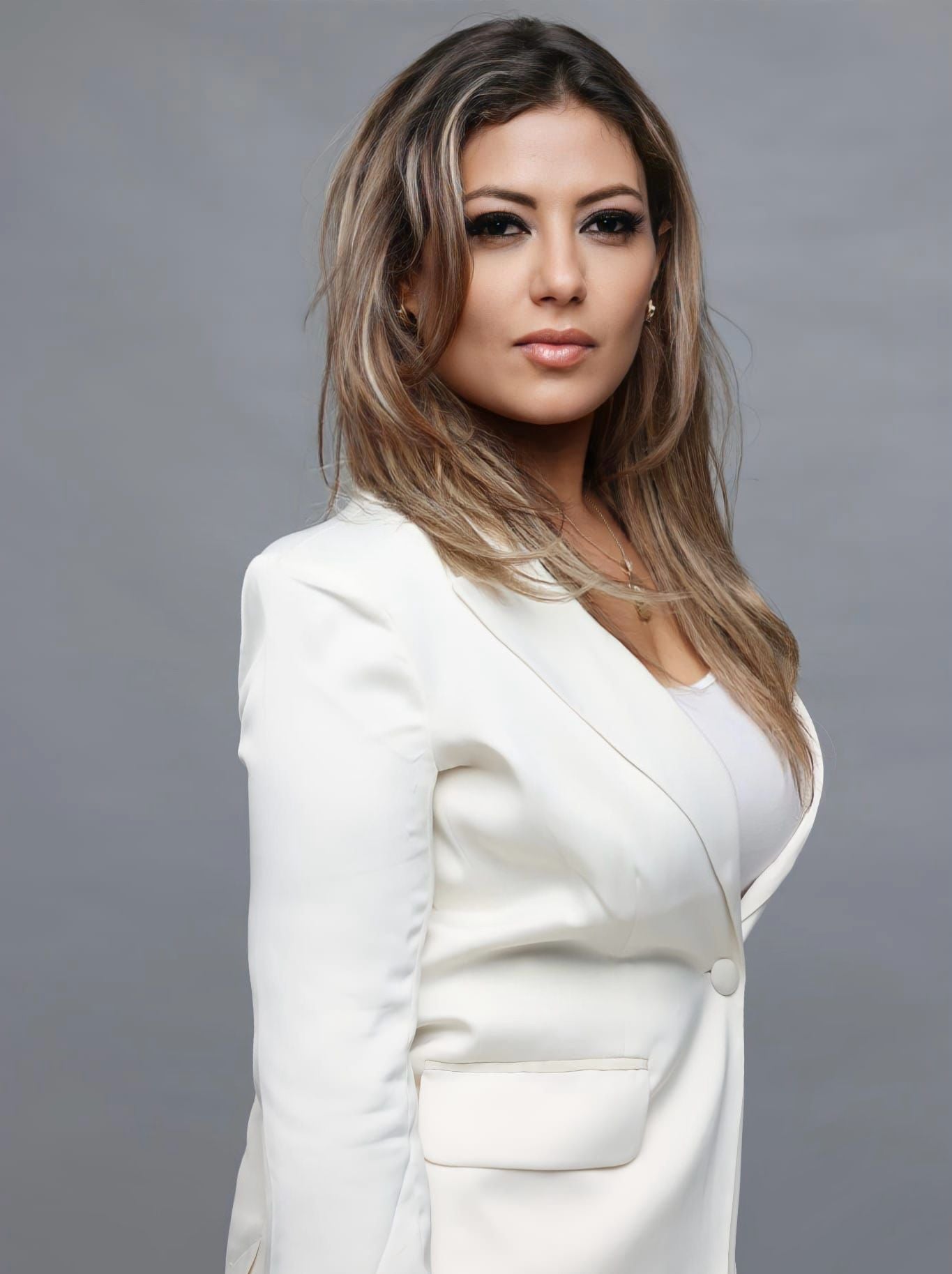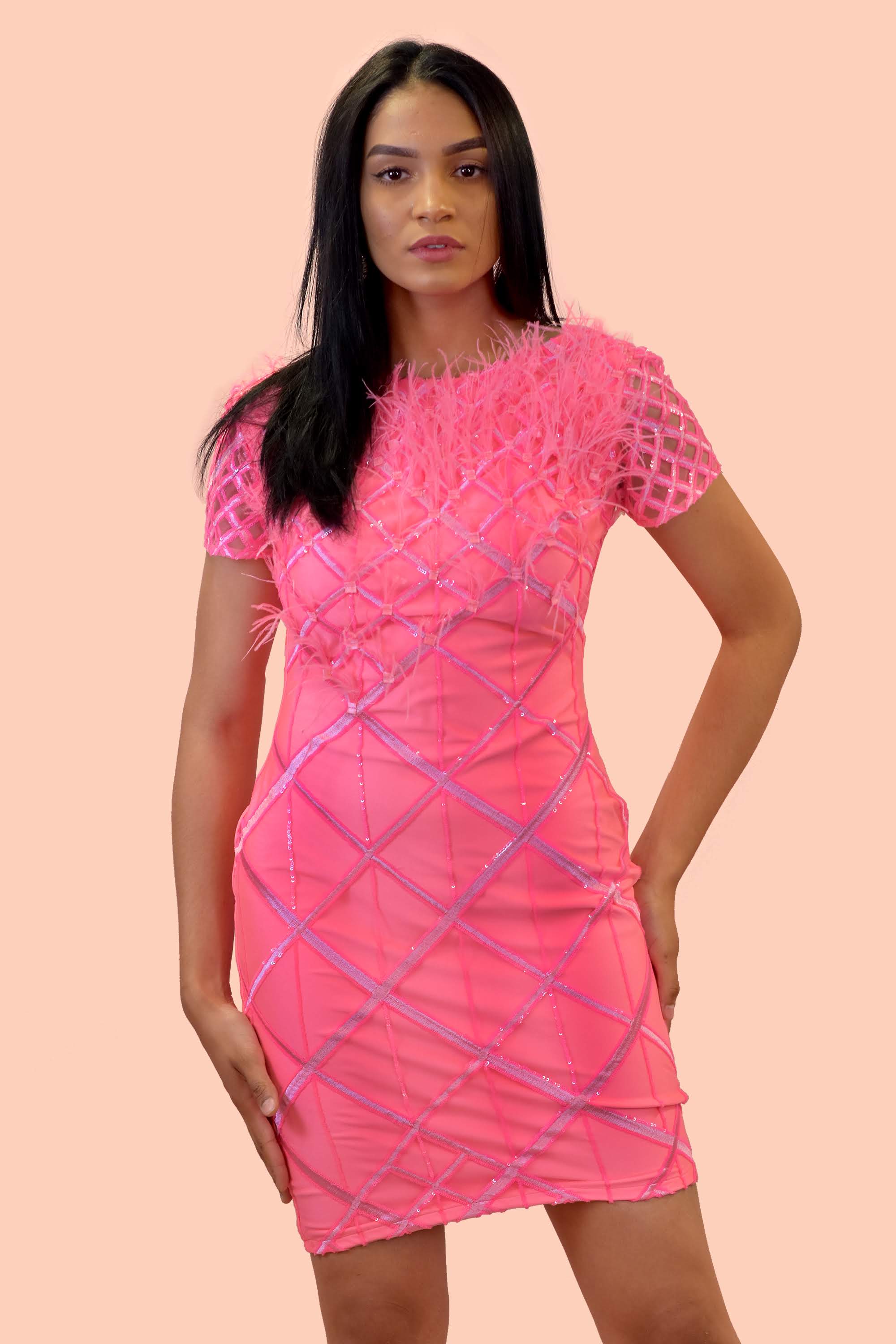About Us
DIANA Mahrach BIO
You will always recognize Diana Mahrach couture by her unwavering attention to detail and artistry. Each piece is meticulously handcrafted, ensuring a perfect fit for any size — from size 0 to the most generous plus. The brand's signature style is characterized by aesthetically pleasing lines, elegant silhouettes, and luxurious fabrics.
Since 1995, Diana has carefully selected the finest materials, ranging from sheer silks and satins to delicate laces and intricate embroideries. Her fabrics are sourced from around the world or designed in-house, guaranteeing the highest quality and unique textures. All the dresses are brought to life in the very heart of Manhattan, where they are fitted and tailored to match your personal taste and body shape.
As a couturier, Diana Mahrach has gained a loyal following of clients who appreciate her dedication to individuality and commitment to excellence. You can spot a diverse array of celebrities, politicians, and socialites wearing Diana's handcrafted masterpieces on red carpets and at various special occasions.
Diana Mahrach Couture is more than just a fashion brand; it is a symbol of elegance, craftsmanship, and individuality. Each piece tells a story and reflects a unique personality and style. With a strong emphasis on quality and heritage, Diana Marach Couture continues to be at the forefront of the fashion industry, creating timeless and sophisticated designs that withstand the test of time.


